Charles City’s Rogotzke appointed to third term on STEM Advisory Board
By James Grob, jgrob@charlescitypress.com
Science, technology, engineering and math.
Not too many years ago, most people didn’t know that’s what “STEM” stands for.
Thanks in part to career educators like Kathy Rogotzke of Charles City, now most people do.

“One of the goals has been to increase awareness about STEM, and I think that has most definitely happened,” Rogotzke said. “It used to be when you said STEM, people didn’t know what you were talking about, but now most people know what STEM stands for.”
Earlier this month, Rogotzke was named to serve her third three-year term on the North Central Regional STEM Advisory Board. She has served on the board since shortly after its inception.
“People didn’t even want to call it STEM at first, because people thought it might be perceived as having something to do with stem-cell research,” Rogotzke said.
The Governor’s STEM Advisory Council states that its mission is to increase interest and achievement in science, technology, engineering and mathematics studies and careers through partnerships engaging preK-12 students, parents, educators, employers, non-profits, policy leaders and others.
The council’s goal is to provide opportunities that inspire Iowa’s young people to become innovative, enterprising contributors to the future workforce and the quality of life in our communities.
Rogotzke explained that in 2011-2012, Iowa was divided into six STEM regions, and each region is allocated a certain amount of funds to use for different STEM initiatives.
Each of the six regions has its own advisory board, with criteria it has to meet. Rogotzke — who is a math instructor at North Iowa Area Community College in Mason City — represents community colleges on the board.
“Each of us wears a different hat, and that’s the hat I wear,” she Rogotzke.
Each region has its STEM hub manager. The North Central Iowa STEM Region is a collaborative effort with Iowa State University, and can use ISU’s strengths to help expand STEM into the region’s communities.
Rogotzke has been teaching math at NIACC for more than 20 years and is the chairwoman of the math, physical fitness and wellness departments.
“I enjoy it, and I think it is important,” she said. “When STEM first came out, it was motivated by a lot of different players. It wasn’t just those in education, it was also those in business and industry. They weren’t finding enough people to hire in those fields.”
Rogotzke said that there was a “leaky pipeline” in the STEM fields.
“Not that many people were always interested in going into the STEM fields, and as they worked their way along through the education and requirements, even more leaked out,” she said. “There are a lot of different things that are supported with the STEM hubs. The goal is to increase awareness, increase interest and promote diversity.”
Rogotzke said she has seen a lot of improvement in a lot of areas since she first started on the STEM board.
“I think most of the indicators have gone up,” she said. “From 2013 to 2017, the number of students taking advanced placement courses in STEM-related subjects increased 22 percent.”
She said there are areas that are still in need, however.
“I think computer science tends to be one of those,” she said. “There is a big push for that now. They’re trying to bring computer science back into schools.”
Another problem is that those interested in going into STEM-related field tends to be heavy on the male side, while women, people of color and people from lower socioeconomic backgrounds don’t always choose to pursue those fields.
“Sometimes I think they aren’t aware,” Rogotzke said. “We look into how we reach some of these young people. There are enrichment opportunities for kids through STEM, but sometimes the only people who take advantage of them are those with parents who are more educated or of a higher socioeconomic status.”
There is incentive to go into a STEM field. Rogotzke said that people working in STEM occupations earn an average of $7 more an hour and $15,000 more annually than those not in STEM occupations.
“Encouraging kids to be curious, investigate and consider going into a STEM area is good,” said Rogotzke, and added that STEM funding is not just available to school districts.
“It lends itself naturally to schools, but other groups are encouraged to apply,” she said. “You get training and materials and support with them.”
Rogotzke has lived in Charles City for more than 15 years, and commutes to NIACC daily. Her husband, Rusty, is a physical education teacher at Charles City Middle School. Their children are both CCHS graduates now working in mathematics-related fields. One is a math teacher and the other works for investment firm Piper-Jaffray.
“One of the things that has always impressed me about this is the combination of players working on this,” Rogotzke said. “You have business, you have industry, you have all sides of education serving together and working on this. That’s nice. I think that’s where things can happen and get done, when you have everyone working on this project.”

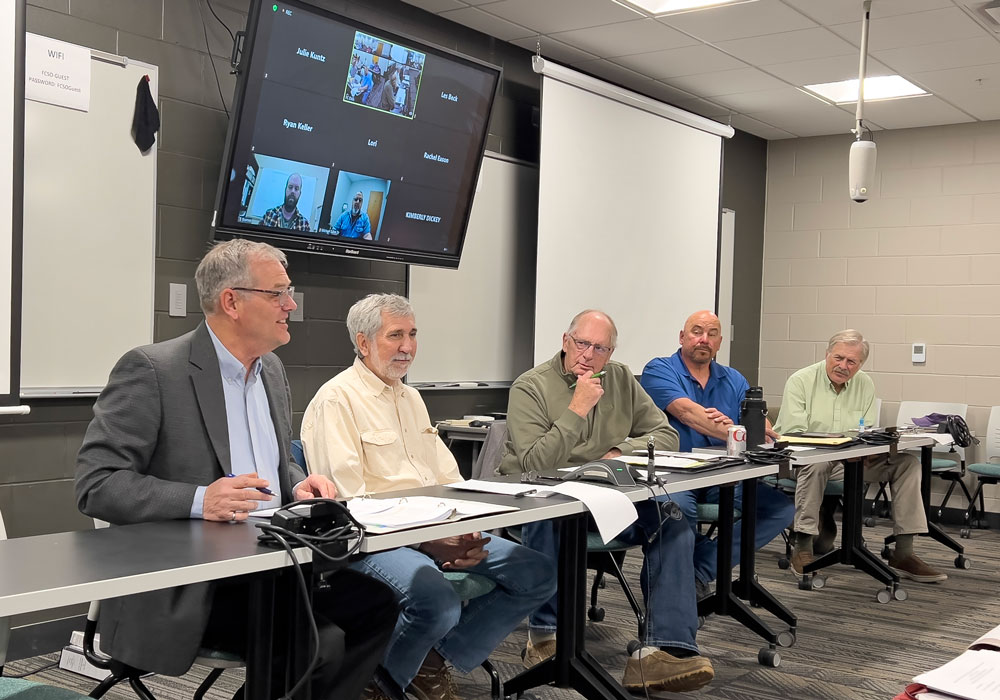
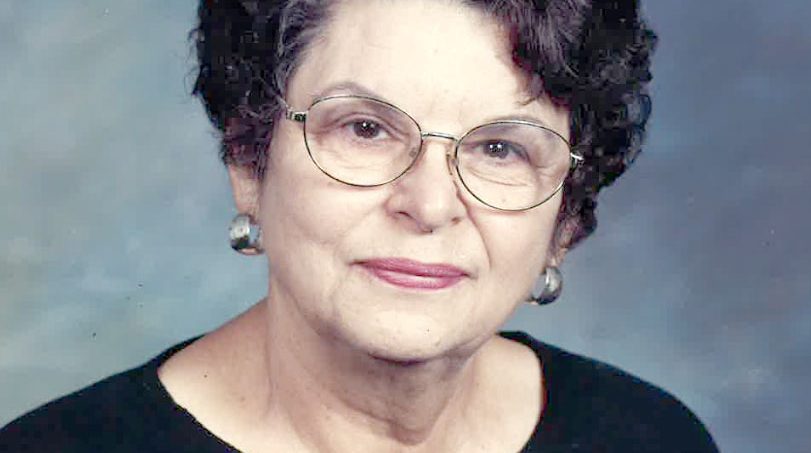
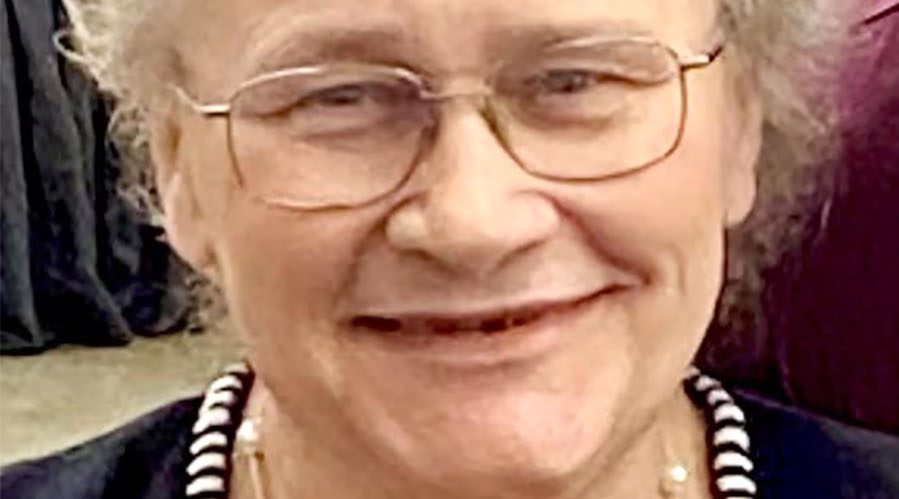
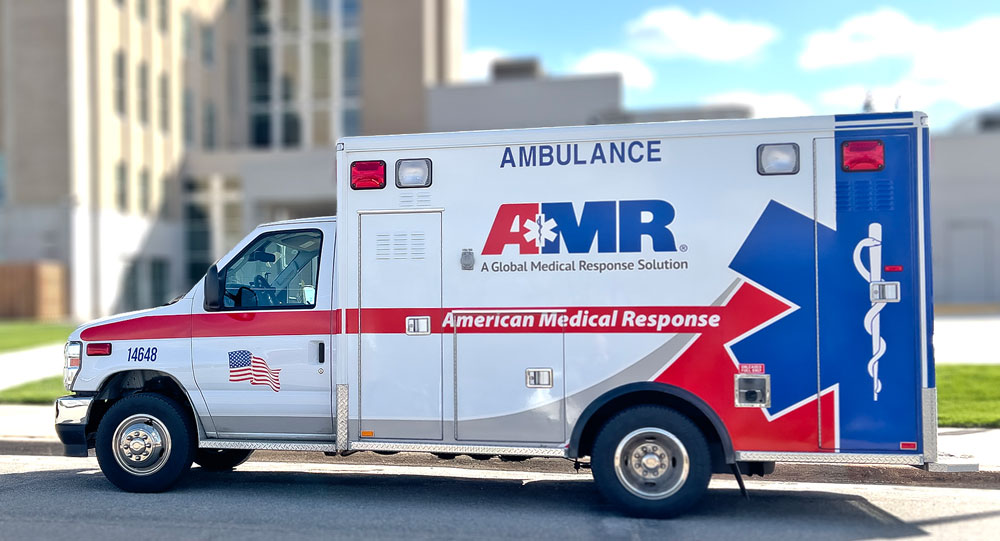
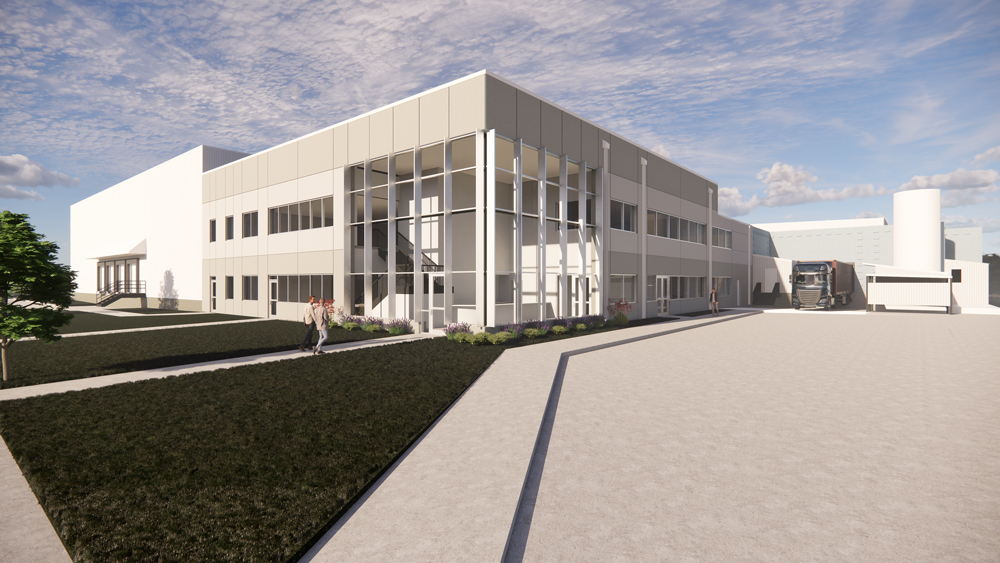
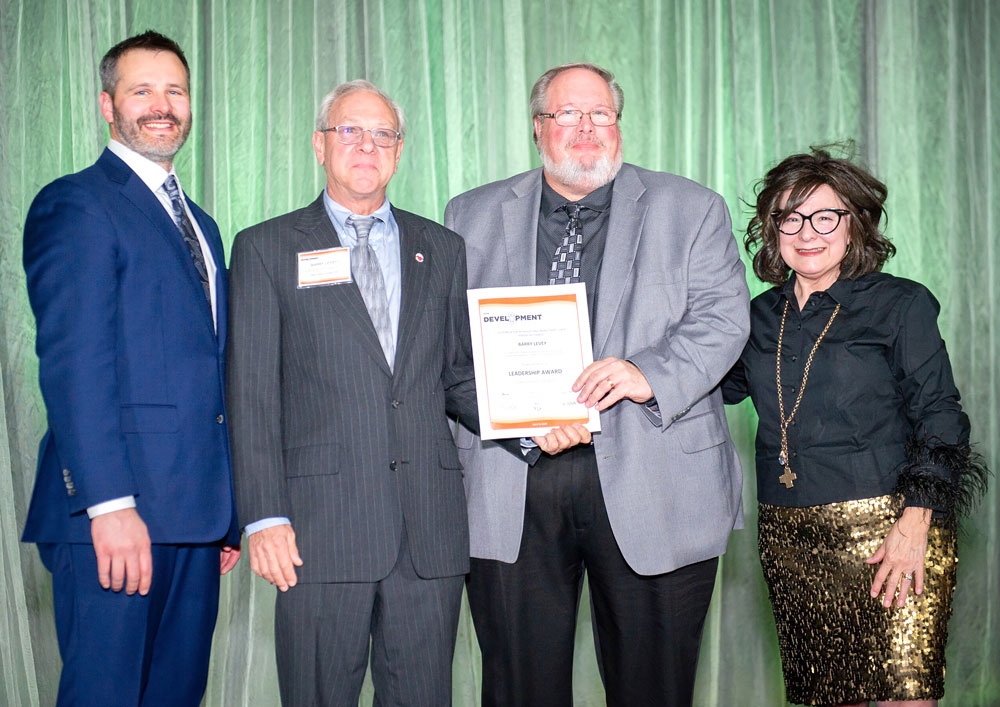


Social Share